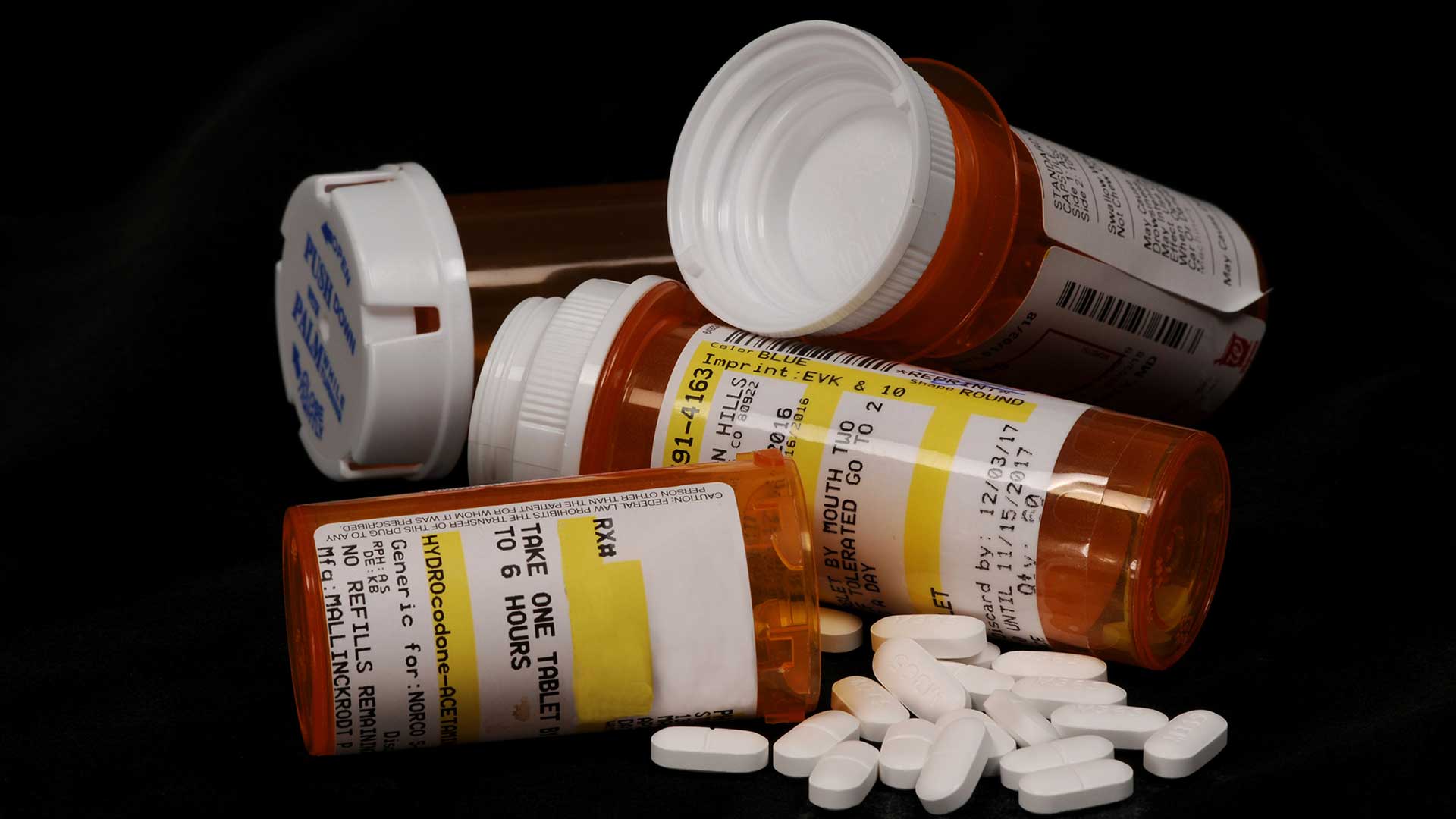Majority occurred at home, with significantly increasing trends among 12-17-year-olds


Drug overdose mortality has risen faster among adolescents than the general population in recent years, largely due to fentanyl, a potent opioid pain medication. A new study published in JAMA sheds light on trends in nonfatal opioid overdoses in youth – an area that was not as well characterized, but key to formulating prevention strategies to save lives.
Researchers from Ann & Robert H. Lurie Children’s Hospital of Chicago and colleagues analyzed data using Emergency Medical Services (EMS) encounters from January 2018 to December 2022. They found that opioid overdoses in youth increased at pandemic onset and remained elevated compared to pre-pandemic levels. The majority (86 percent) occurred in young adults in the 18-24 age group. Adolescents aged 12-17, however, also emerged as high-risk, with significantly increasing trends both before and during the pandemic. Most of the opioid overdoses in youth (58 percent) happened at home.
“Since so many overdoses occur at home, a critical message for parents of youth, especially adolescents, is to keep naloxone, an over-the-counter medication that can reverse opioid overdoses, at home,” said lead author Jamie Lim, MD, a third-year fellow in Pediatric Emergency Medicine at Lurie Children’s. “Providers also need to screen youth for substance use and risk of opioid overdose, since it is clearly a growing concern among young people. Parents and patients need to be advised that fentanyl is now in a lot of street drugs too and can lead to accidental overdoses.”
Senior author and attending physician from Boston Children’s Hospital’s Division of Emergency Medicine, Michael Toce, MD, expands on the broader impact of the findings: “Evaluating prehospital data for opioid overdose among U.S. youth may provide crucial insights into the opioid epidemic outside of emergency department surveillance data. Although overdose rates have stabilized post-pandemic, it’s important to understand at-risk youth populations to develop better-targeted prevention strategies and inform future public health measures.”

